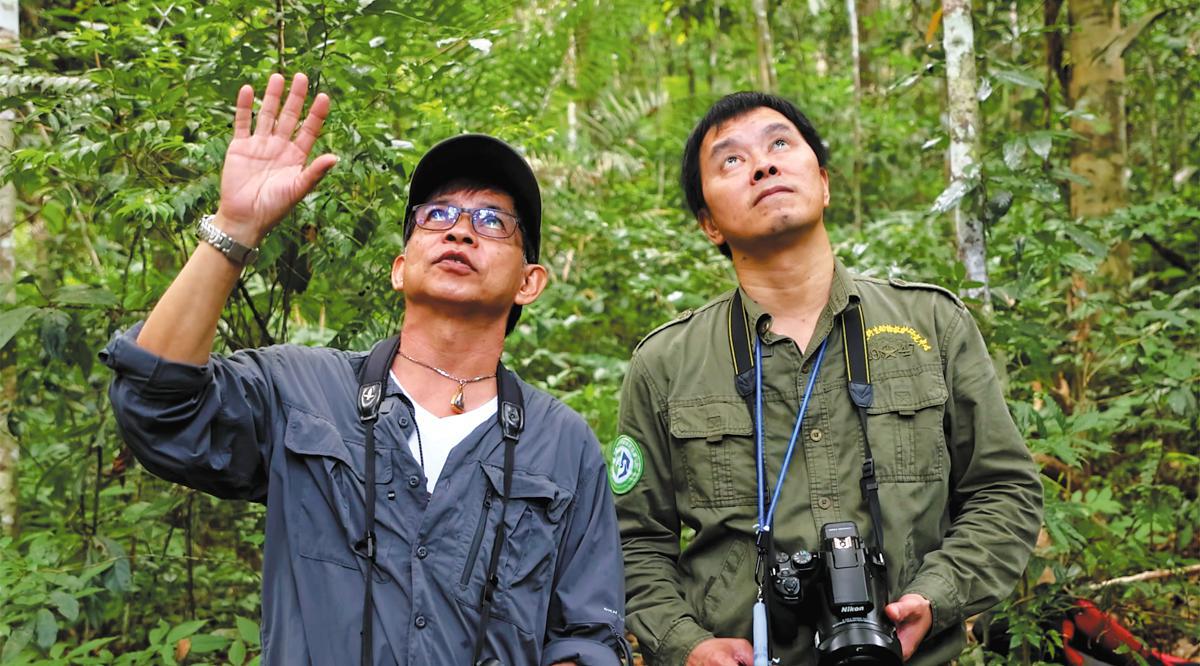

Over the years, the Guangxi hornbill research team has maintained close exchanges with its Thai counterpart, learning from each other and making relentless efforts to protect this endangered species. After years of protection, the Oriental pied hornbill population in Guangxi has revived, growing from around 100 birds to over 200 today.
The two documentaries uphold a global perspective, adhering to the creative concept of expressing Chinese stories internationally, Ding said.
Through joint filming and broadcasting between China and Thailand, they effectively amplify international communication outcomes.
Both documentaries are 48 minutes long and produced jointly by Guangxi Radio and Television, Guangxi Zhuang Autonomous Region Radio and Television Bureau, Colorful Nature (Beijing) Cultural Media Company, Guangxi Maritime Silk Road Cultural Exchange Fund, and Thailand's NBT. Thailand's NBT2 HD channel broadcast the Thaidubbed versions of the two documentaries.
Yang Chun, director of the International Channel of Guangxi Radio and TV, said: "Guangxi Radio and TV has been deeply engaged in international communication focusing on ASEAN countries, collaborating on key documentaries with mainstream media from ASEAN countries every year. China and ASEAN are both global biodiversity hot spots, making nature documentaries the perfect subject for cross-cultural international communication."
"Through filming and disseminating this series of nature documentaries, we aim to help viewers recognize the beauty and wonder of wildlife around us, stirring up public support for nature conservation through imagery," Yang added.
chenliang@chinadaily.com.cn